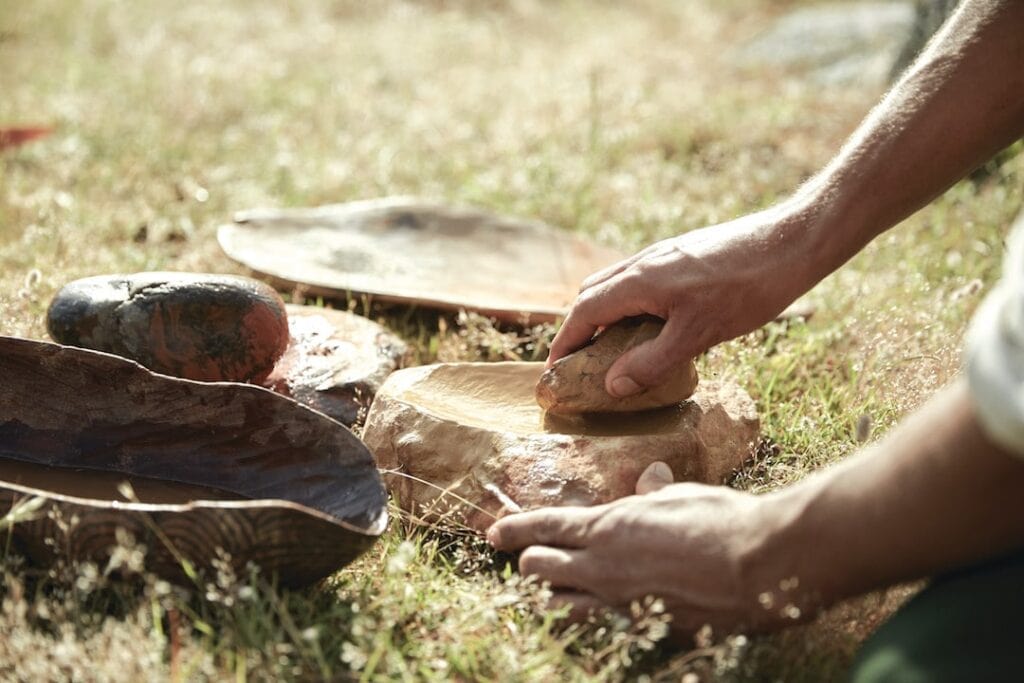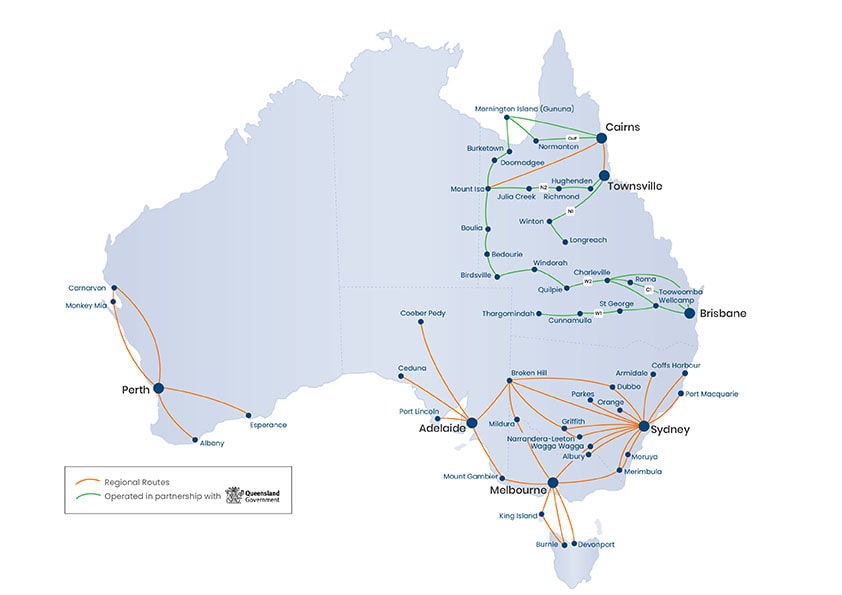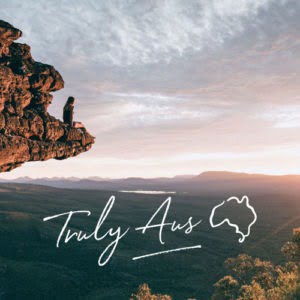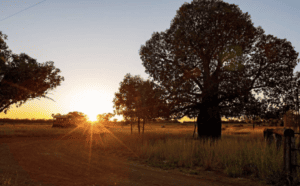The traditional owners of Canberra, the Ngunnawal people, have a long history within the nation’s capital.
Whether acknowledging traditional customs and practises, or commemorating more recent political protests, these Indigenous sites and attractions hold the key to unlocking an understanding of the past, and allow a greater engagement with the First Nations people who have called this country home for centuries.
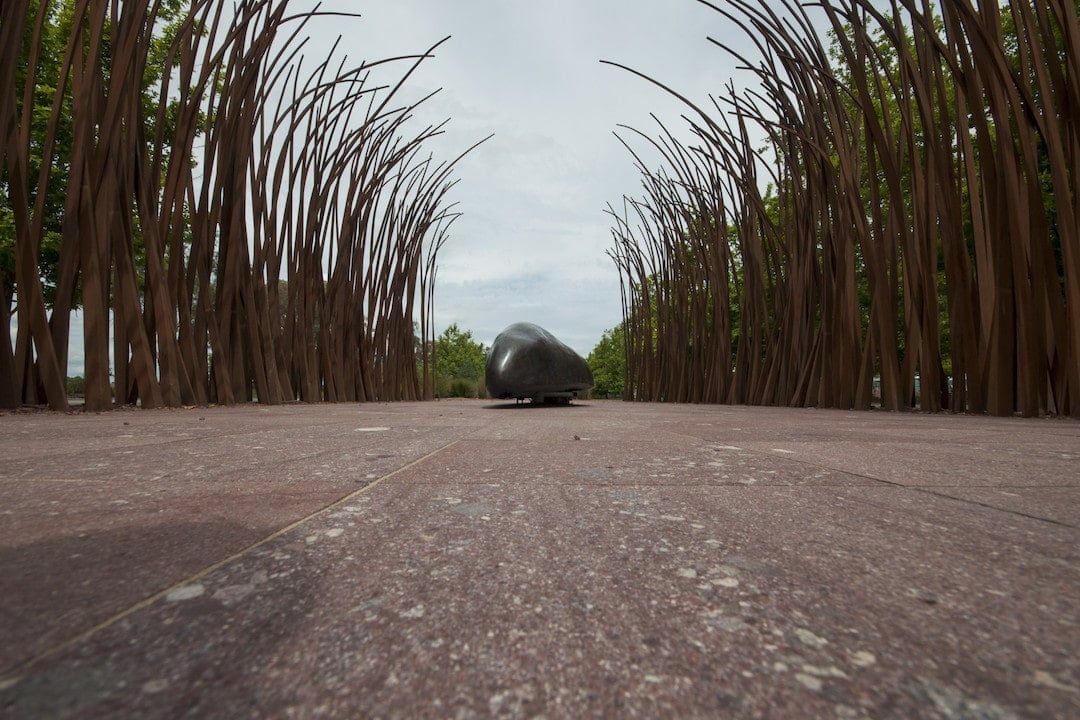
Reconciliation Place
Designed by the architect Simon Kringas after a national design competition in 2001, this walkway of Indigenous sculptures is a monument to reconciliation between Australia’s Indigenous people and the settler population. It’s also positioned in the centre of the Parliamentary Triangle, placing it alongside some of Australia’s most significant buildings and highlighting its importance as a lasting cultural symbol. Each sculpture on the trail represents Indigenous culture in a unique way, drawing attention to prominent issues such as the Stolen Generations.
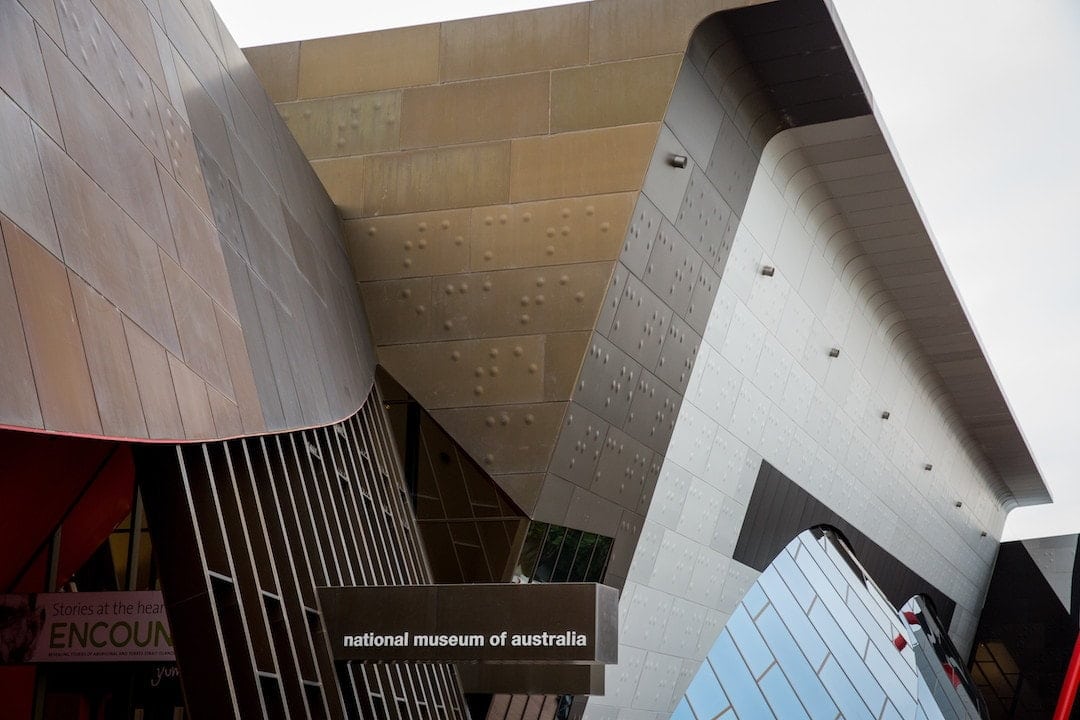
National Museum exhibition
The First Australians exhibition is the National Museum’s largest gallery, displayed over two floors. It includes a powerful new display, Talking Blak, which opened in 2020 and features significant objects speaking to issues including land rights, sovereignty, and deaths in custody.
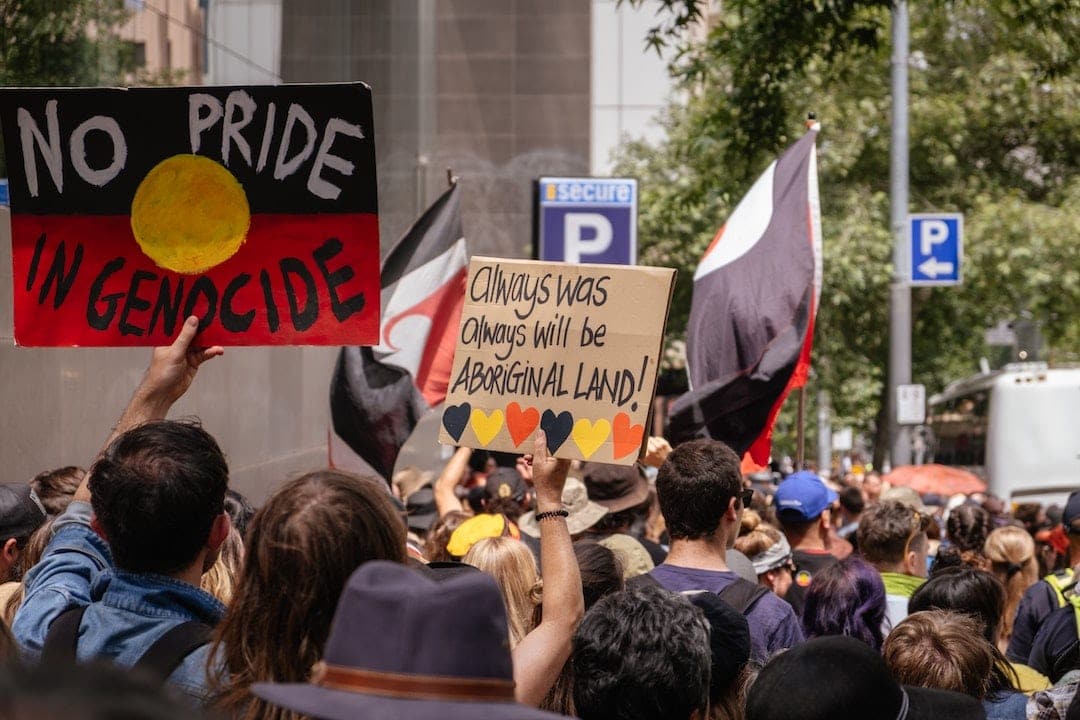
Aboriginal Tent Embassy
Established in 1972, and celebrating its 50th anniversary earlier this year, the Aboriginal Tent Embassy is a protest site, initially used as a protest against the McMahon government’s approach to Indigenous land rights. Today, it is the longest protest for Indigenous land rights in the world.
The Embassy, now a permanent site located on the lawn opposite Old Parliament House, has been the object of much attention over the years. While facing down arson attacks and scrutiny, it remains a strong symbol of defiance and resilience in the face of adversity. Visitors can take a self-guided tour around the site, and explore the rich history of Indigenous protest.
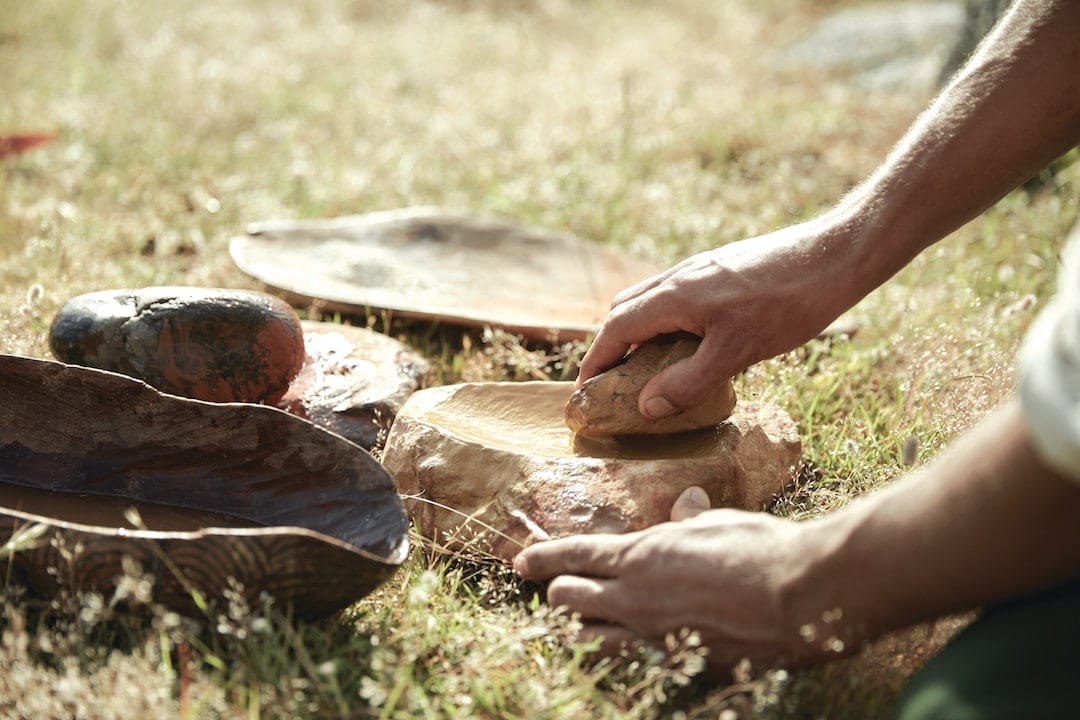
Tidbinbilla Nature Reserve
A place of ongoing significance for the Ngunnawal people, Tidbinbilla Nature Reserve is teeming with Indigenous history, housing rock shelters dating back over 250,000 years.
The name “tidbinbilla” comes from the Ngunnawal word “jedbingilla,” which means “where boys become men.” This identifies the special relationship between the valley, and its use by the Indigenous locals for ceremonies and the passing on of traditional men’s lore. The central river at the bottom of the valley is also significant for Ngunnawal women, as a place to carry out customary ceremonies. Grinding grooves can still be found on the river’s edge.
Today, Indigenous Rangers offer guided activities around the reserve, teaching others about the importance of the reserve, its heritage, and its wildlife.
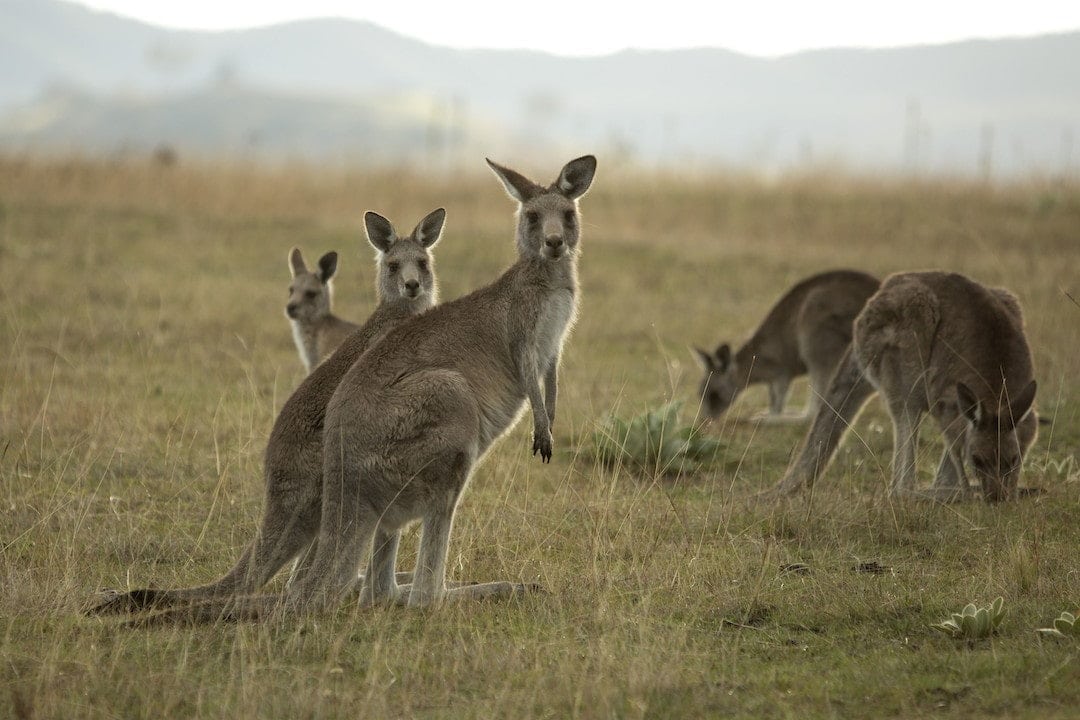
Mount Majura tour
This two hour tour travels to the tallest peak in suburban Canberra, Mount Majura, home to 12 known significant Indigenous sites. While exploring with a local guide, you will learn about the mountain’s importance, sample bush foods, and discover the local wildlife.
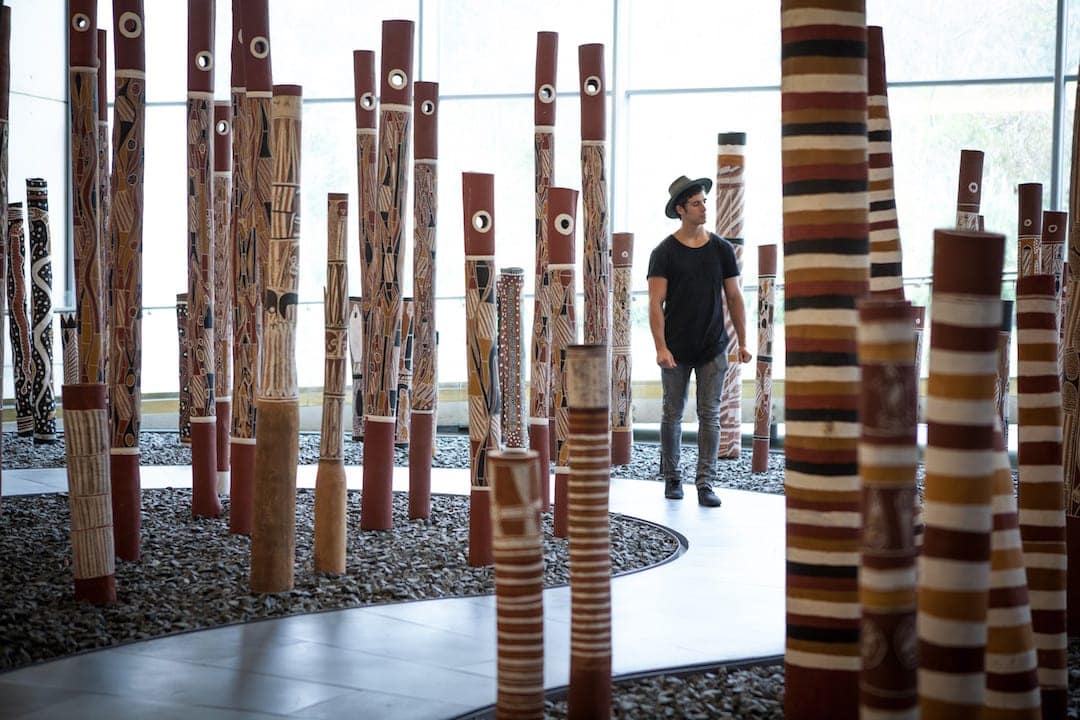
NGA First Nations
The National Gallery is committed to building and maintaining connections with First Nations artists, and the broader community. Their extensive collection of Indigenous Australian art and craft is the largest in the world, containing over 75,000 works including the Aboriginal Memorial, which consists of 200 hollow log coffins, each marking one year of occupation. They stand together as a memorial to all Indigenous lives lost to colonial and ongoing conflict within Australia.
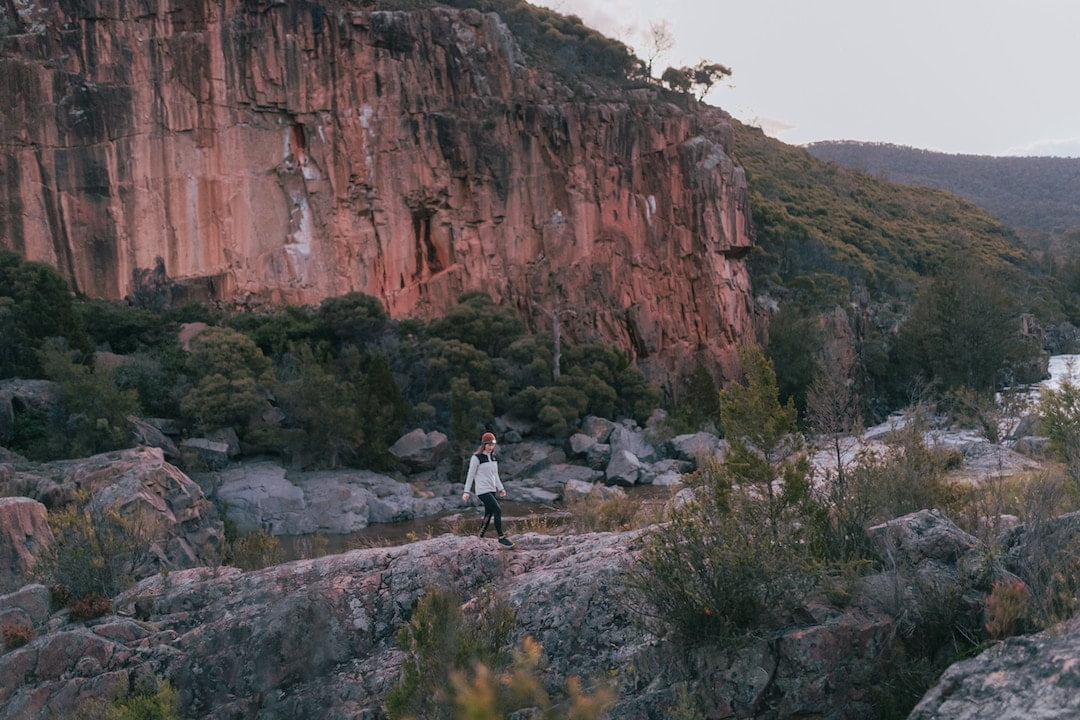
Namadgi National Park
Taking up almost half of the entire land area of the ACT, Namadgi National Park houses evidence of Indigenous occupation dating back over 21,000 years. Visitors can embark on a full day 4WD tour of the grounds, foraging for bush foods and taking in the “Yankee hat” rock art site. The Indigenous tour guides provide an appreciation for the significance of the area, and impart the importance of preserving both the cultural and natural heritage of this incredible park.
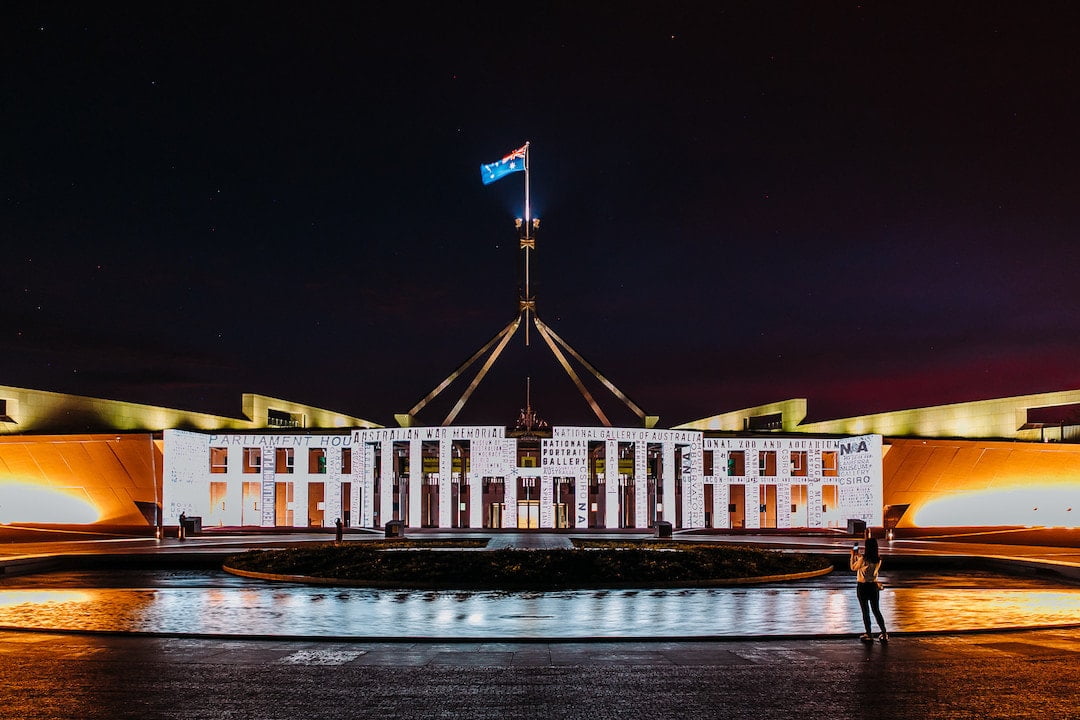
‘Yeribee’: Indigenous Experiences of Parliament House
This guided tour of Parliament House tells the story of Indigenous Parliamentarians, and how First Nations people have brought about political change over the nation’s long history. It focuses on crucial moments such as the Barunga Statement and the Yirrkala Bark Petitions, as well as highlighting Indigenous art from the Parliament House Art Collection.
To continue exploring Australia’s Indigenous heritage, check out this list of Indigenous sites and attractions in Sydney. And don’t forget to check out our guide to the best things to see and do in Australia’s capital cities.
Travel to Canberra
You can travel to Canberra with Rex Airlines. Book your flight here.


